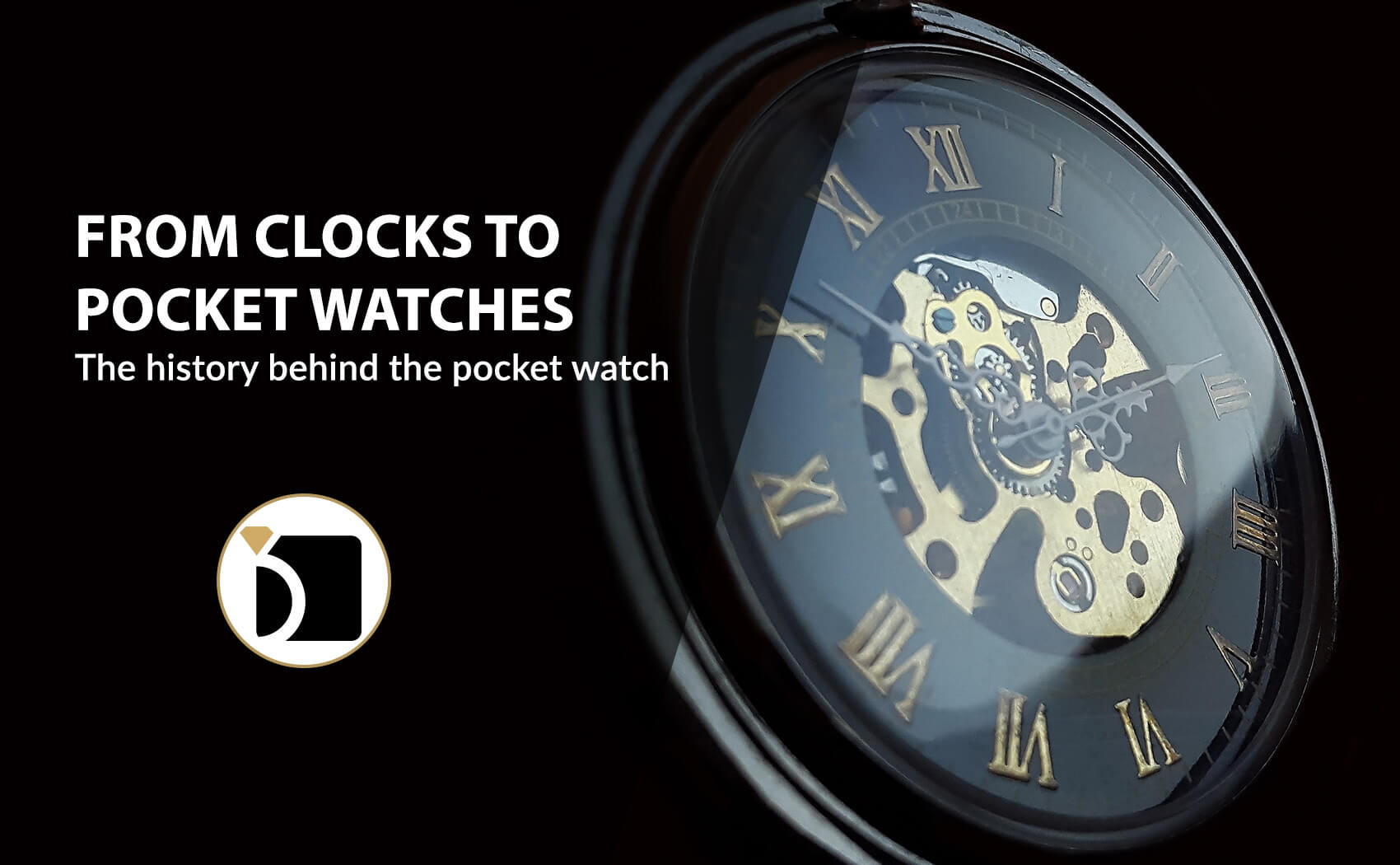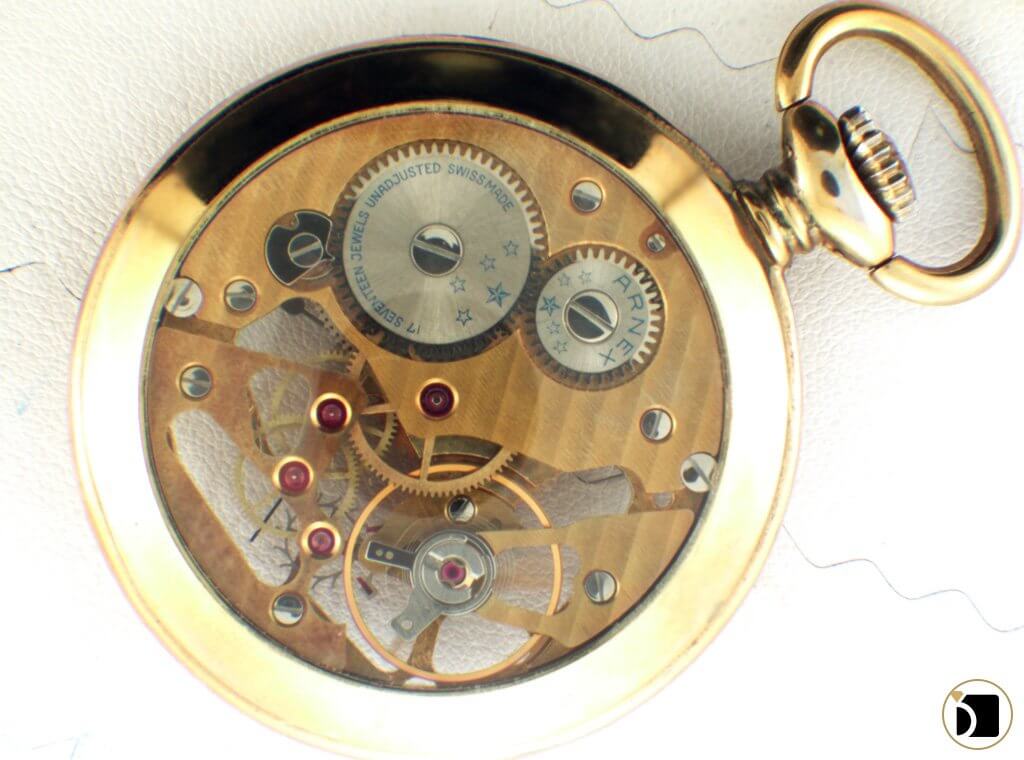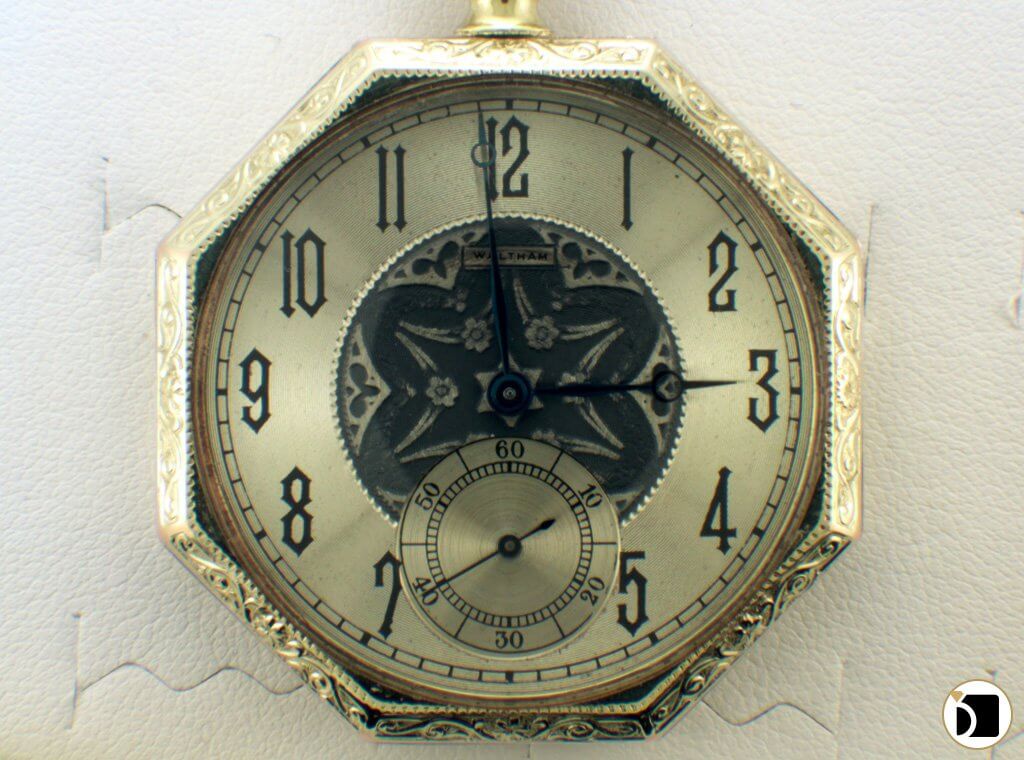
The History of the Pocket Watch
The invention of the mainspring in the early 15th century allowed portable clocks to be built which then eventually evolved into watches. The mainspring is a small spiral metal ribbon, and when manually wound stores energy to turn the gears and move the hands of a timepiece.
Peter Henlein (also spelled Henle or Hele), a locksmith and clockmaker is often considered the inventor of the portable clock or timepiece. In 1504 he built a portable timepiece that could run for forty hours before it needed winding.
Most portable timepieces were worn as pendants or attached to clothing, and in the 17th century men began to wear portable timepieces (watches) in pockets instead of as pendants, hence the name pocket watch. One of the most famous pocket watches is seen in a portrait of King Henry VII. Pocket watches continued to be popular with men into the 19th century, while women wore watches as decorative pieces in pins and on the wrist.
During World War I, pocket watches were not practical for soldiers and watches were manufactured to be worn on the wrist, these wristwatches were commonly referred to as trench watches, and wristwatches became popular.
Todays most complicated pocket watch the Patek Philippe Calibre 89 with 1728 components and 33 special features including a thermometer and a star chart was created in 1989 as a commemorative pocket watch to celebrate the company’s 150th anniversary.
Do you have an old pocket watch that belonged to your father, grandfather, or maybe even your great grandfather sitting in a drawer or a box? MyJewelryRepair.com has certified watchmakers that can restore your vintage pocket watch, and preserve a piece of your family history.


For more information about our other types of repairs, please visit: Watch Repair Services
